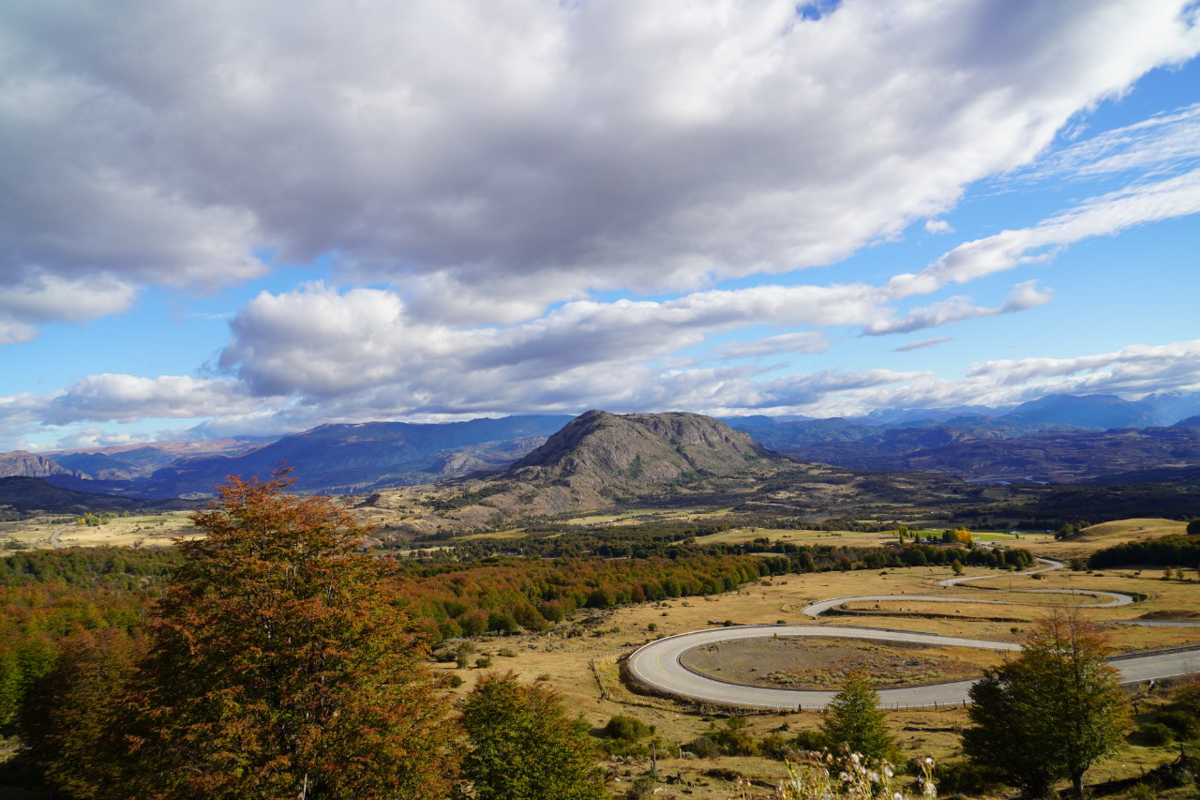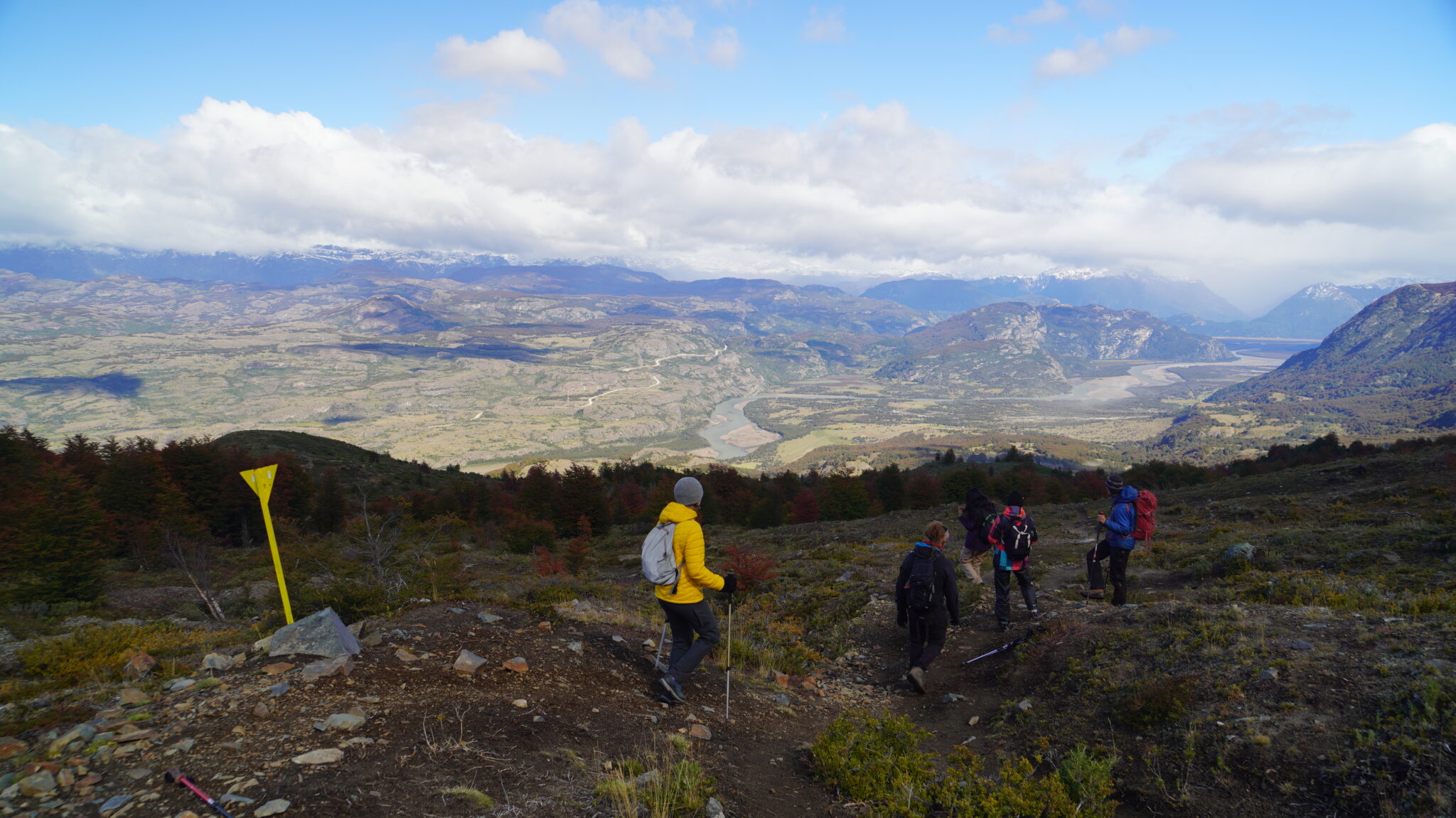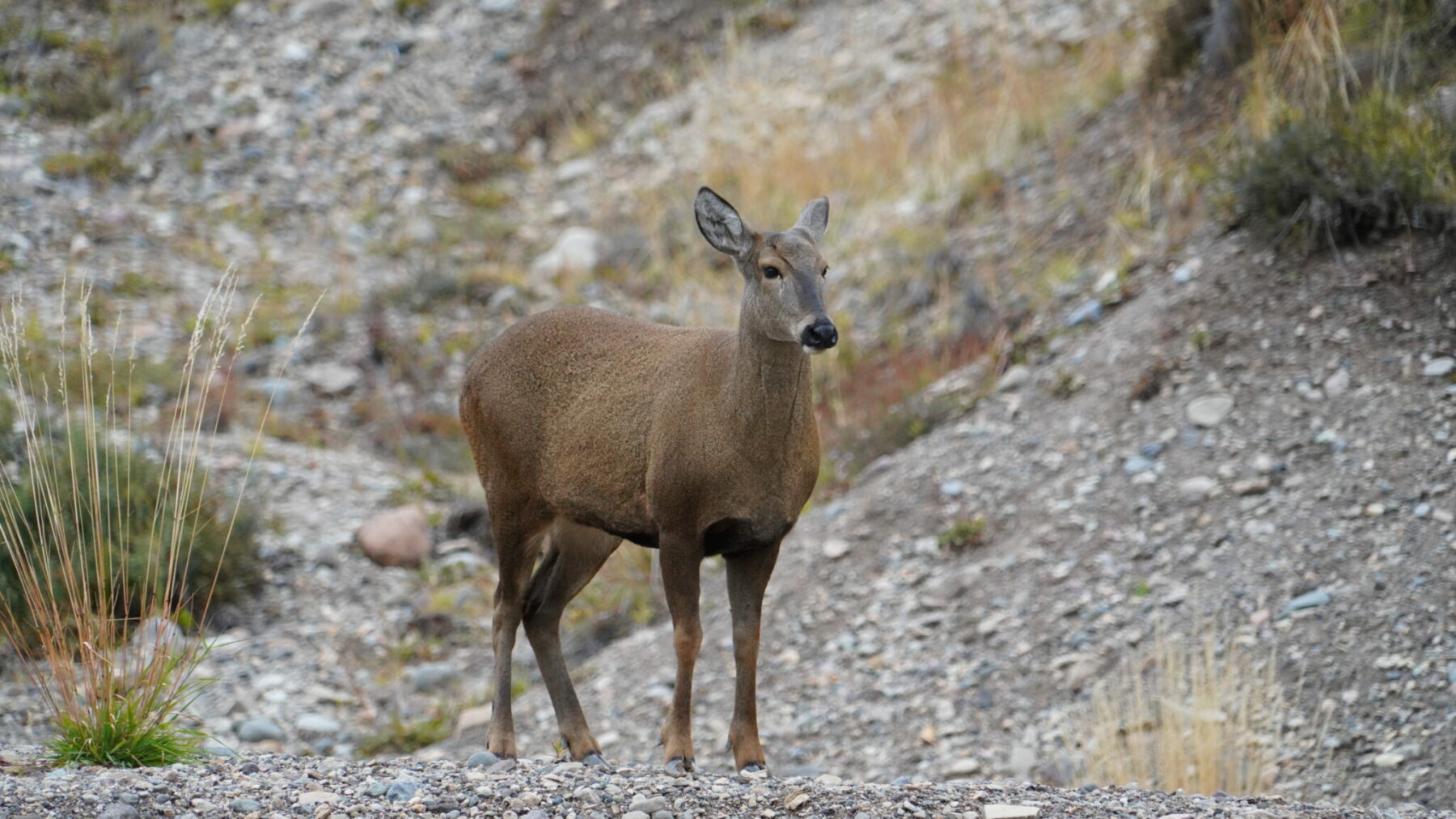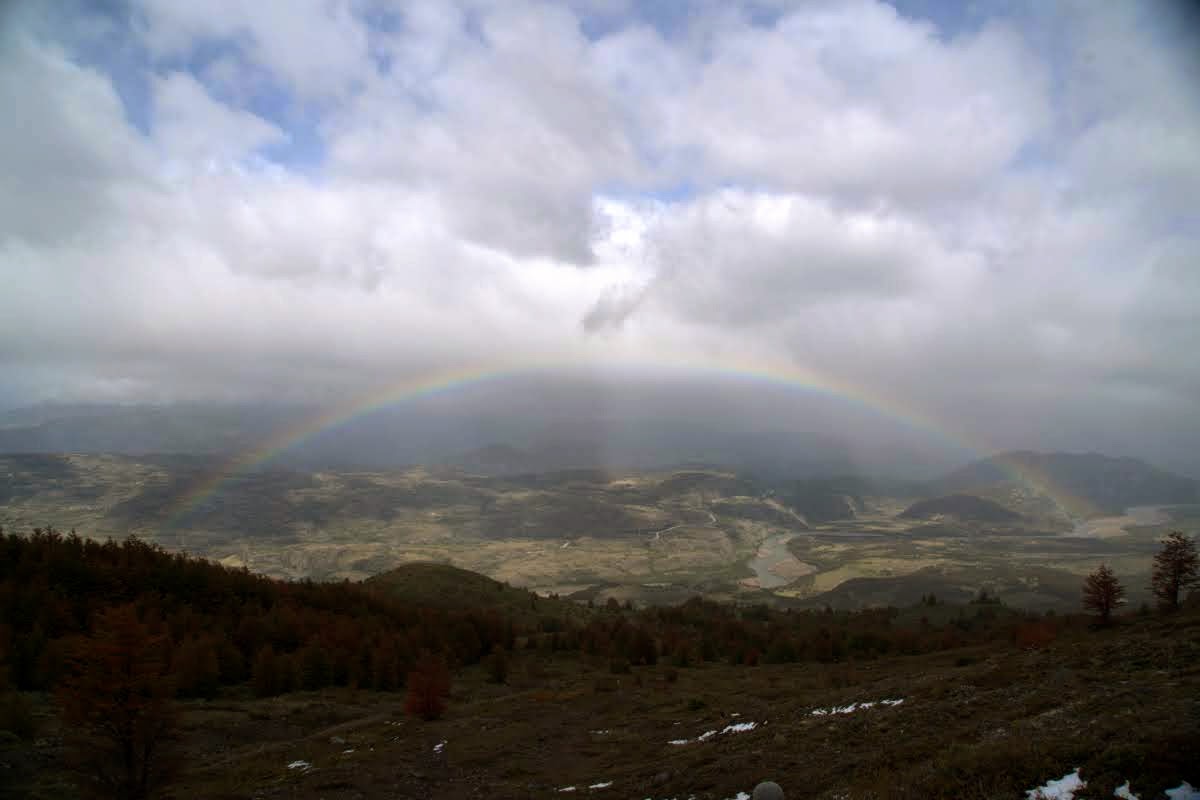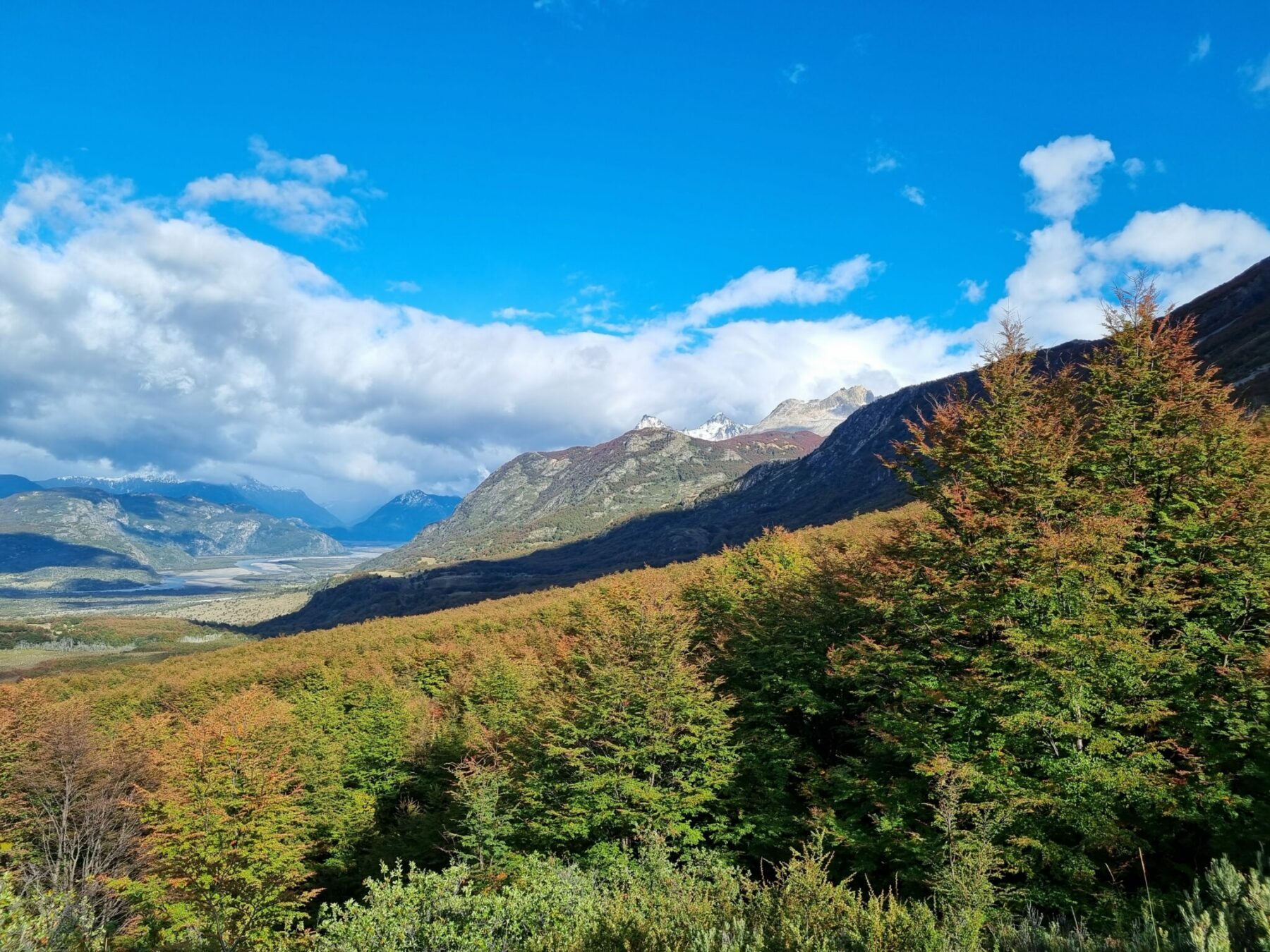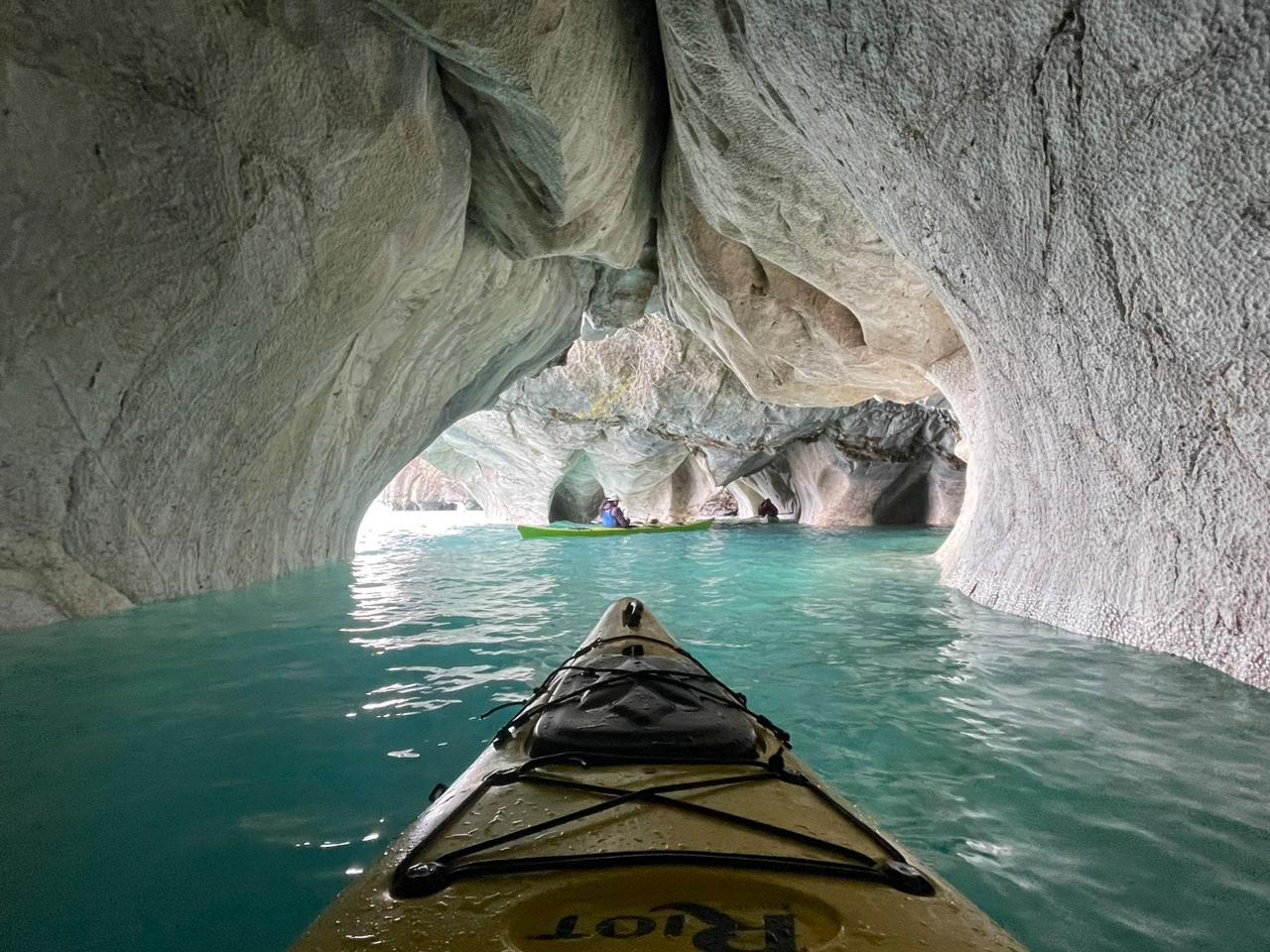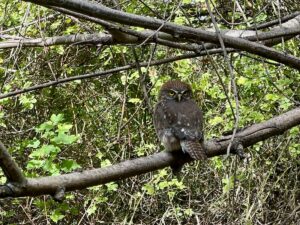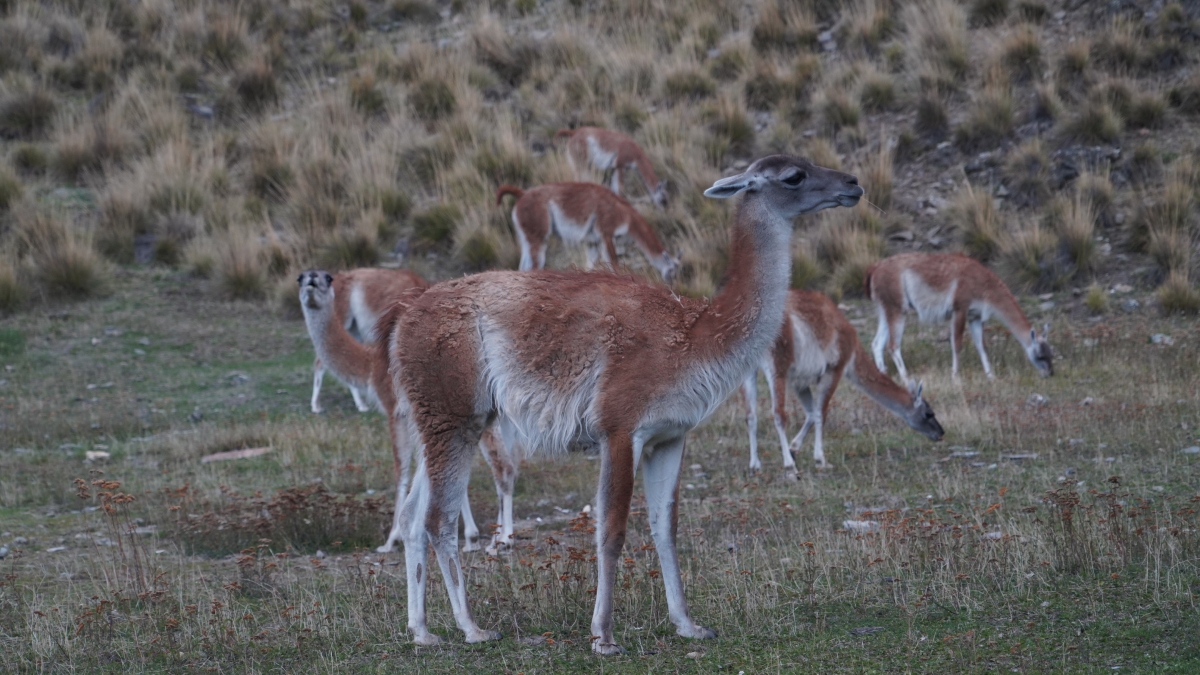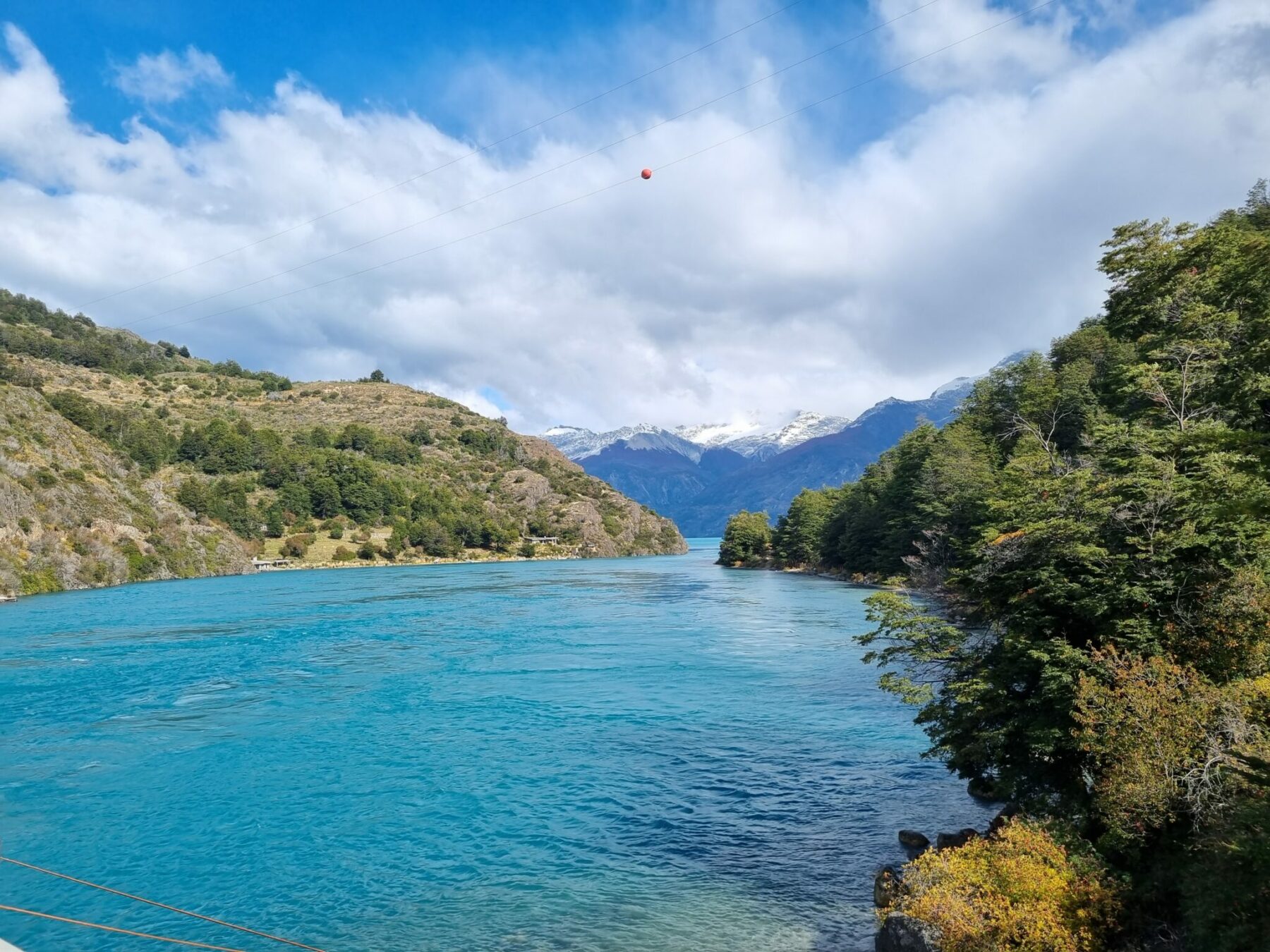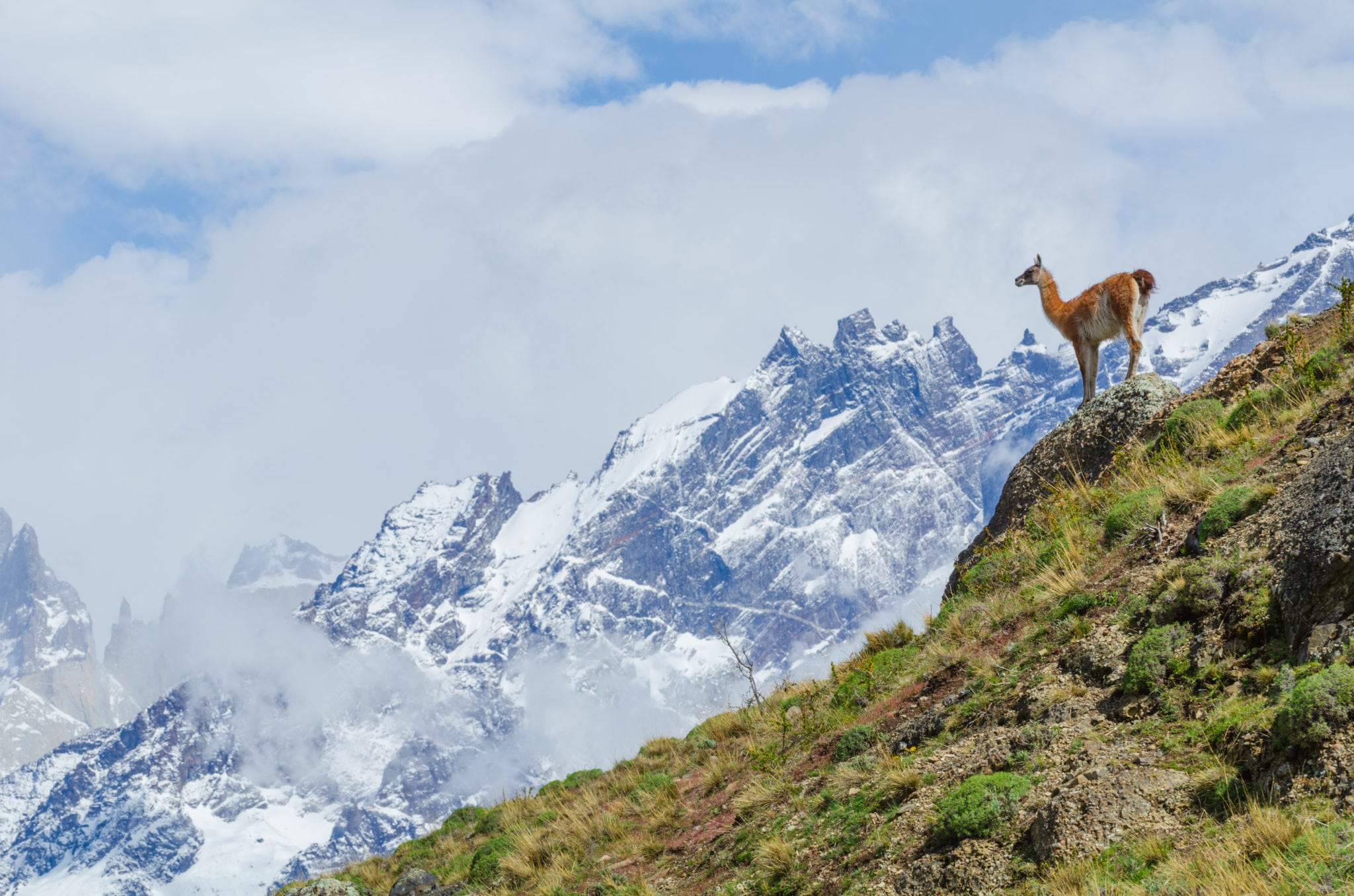Aysén, in northern Chilean Patagonia, is home to a splendor of nature. The area is part of the spectacular Route of Parks conservation project, and the epic Carretera Austral runs through a region of ancient glaciers, impressive waterfalls, turquoise lakes, and Patagonian steppe. It is one of Chile’s best kept secrets, as the lesser trodden and less well-known neighbour of the Torres del Paine. Lying off the beaten path, it offers a unique, authentic, and truly incredible experience for any visitor.
All of that I know now. But a month ago, I was unsure of Aysén. As a fan of warmer weather and knowing very little about the region other than its notoriety for unpredictable weather conditions and that the hyped Torres del Paine were a few hundred miles further south, it was far from my first choice of places to go. I could not have been more wrong. It is now one of my favourite places in Chile, if not the world.
We traveled in late March, which they say is a great time to visit Patagonia. It had snowed the week before as an early blast of winter teased the region, leaving a white coating on the mountaintops while fiery shades of red and orange leaves cascaded down. It was a landscape that I had only seen in paintings as we traveled south along the Carretera Austral from Balmaceda. We were only just starting the trip when we spotted a rare huemul at the side of the road as if welcoming us to its home.
Cerro Castillo hike
Zigzagging down the picturesque Cuesta del Diablo (Devil’s hill), we arrived at the quaint town of Villa Cerro Castillo for the night. The woodburning stove kept us warm as we admired the view of the jagged Cerro Castillo mountain and a rushing river from the comfort of the B&B before resting for tomorrow’s adventure.
In the morning, we awoke early for breakfast, put on our layers of hiking clothes, and set off with our local guides to the base of Cerro Castillo. Once we had signed in with the park rangers, we started our incline. The hike was relentless – it is a constant incline, climbing 1000m over a 7km distance – but magical. We started by walking through a forest of native trees, crossed some log planks to a small field, and then started up a rocky path.
As we climbed higher and higher up the mountain, we learned about the fauna and flora, filled up our water bottles in the stream. At this point our guide said, ‘If you do Patagonia quickly, you’re doing it wrong.’ She was right. Turning around to see how far we had come, my jaw dropped at the view. A perfect rainbow straddled a valley of green fields, orange and red trees, and blue skies. This was it – this was the magic of Patagonia.
After 5km of walking through the changing terrain of the mountain, we arrived at the lookout point. We were rewarded with a panorama over the Ibañez valley, looking over a horizon of fields, forests, mountains, and rivers. Unfortunately the snow from that point was too thick and we couldn’t continue to the lagoon – but no complaints from me. It was the most rewarding and beautiful hike of my life regardless. We headed back down beaming and excited for our next destination that we could see in the distance – General Carrera Lake.
Back in the town, we traveled further along the Carretera Austral, constantly fascinated by the views of the lakes and mountains surrounding us, and arriving at the small town of Puerto Rio Tranquilo on the shores of the second largest lake in South America. With the smell of woodfires in the air, we checked in to our delightfully cozy hotel.
Trekking Glacier Exploradores
We headed out early on day two to the Exploradores Glacier, driving along a dirt road alongside more lakes and mountains and stopping only to wait for the cows to move out of the way. After about an hour, we arrived at the entrance to the park, put on our helmets and set off with our guides. A short ten-minute walk through dense forest brought us to our first lookout point. It was our first view of the glacier: an expanse of ice as far as you could see, wedged between two mountains.
We carried on along the route, and soon we were standing on the glacier. We kept walking until we reached the clean ice, attached our crampons, and ventured further onto the glacier. As we hiked, the thick, ancient ice glowed a striking shade of blue, accentuated by the day’s clouds. The small hollows in the ice allowed us to perch inside and appreciate the sheer immensity, the weight, the size, the coolness of the glacier. We ate lunch as we took in the silence of the glacier. Although physically demanding, it was a brilliant day, and we headed back to our transport and hotel with a newfound sense of wonder.
Kayaking the Marble Cathedral
Day three was another early start, which blessed us with a view of the fiery sunrise appearing over the mountains and the General Carrera Lake. We drove to the shore for the morning’s activity – kayaking to the iconic marble caves. Our guide gave us our equipment and a briefing, and we set sail. We started at a tranquil cove to get used to the kayak and practice our technique before turning the corner into the open lake. We paddled along the edge of the lake with wind and the spray of the water in our faces. The view of the gigantic lake was a sight to behold with mountains in the distance and even the goats perched on the edge of the cliff. Eventually, we arrived at the main spectacle – two monoliths of marble emerging from the water.
It’s a strange sensation to be so fascinated by a rock sticking out of some water, but here we were, taken aback by the beauty and the uniqueness of what we were seeing. It was easy to understand why these formations had gained their ecclesiastical names. The turquoise blue of the water inside the caves reflected and danced off the walls as we paddled through the arched tunnels and the erosion of the rock had created mosaic of shapes, like we were exploring the tunnels of a stained-glass Mediterranean church.
As we emerged from the caves, the bright blue water seemed to spread across the whole lake as the sun emerged from behind the clouds. We paddled back to our starting point taking in the magnificent view of the Patagonian hills, mountains, and lakes and relishing in the experience. But the magic did not end there. As if to greet us, an austral pygmy owl swooped into the small tree just a couple of meters away. We stood and watched mesmerized as it twisted its neck 180 degrees looking for food, every so often watching us or fidgeting its feathers.
Road trip to Patagonia National Park
Our final activity was a road trip further along the Carretera Austral as sun lit up the fantastical colors of the landscape. We drove along the edge of the bluest lake I’ve ever seen as our driver told us about the scenery and stopped to witness the power of water at the confluence of the Baker and Neff rivers, where two differently coloured rivers met in a crashing of waves. With looming gray skies that couln’t dampen our spirits, we continued on our way to the Patagonia National Park where it seemed like guanacos were waiting for us at the entrance. We watched as they galloped along the Patagonian steppe, ears pricked, alert to any lurking pumas.
The landscape here was different: drier and barer than that of the past few days. It gave a sense of vastness and pure wilderness, which felt appropriate as we headed to the Explora Lodge and center of the Tompkins conservation project. We entered the guest center to learn more about the rewilding work in the region and left inspired with a destination for our next trip. With that, it was time to head back for our final evening in Aysén and return home.
***
Before the trip, I didn’t have many expectations. I certainly did not expect such natural beauty, or to be so moved by the the trip. Yet afterwards, I often find myself reflecting about everything we saw, felt, experienced, and I know it certainly changed something for me. There, in this remote corner of the world, I found a love for nature – for Patagonia – and a profound gratitude for the beautiful world we live in.
If you’re looking for a new corner of Patagonia to explore, or are looking for an alternative to the Torres del Paine, Aysen is the place to go. The wilderness, the vastness, the colors, the wind in your face – it’s like a full body reset from our tech-obsessed, busy lives. It’s the place to test your boundaries, to try something new, to disconnect. I cannot recommend it enough.
